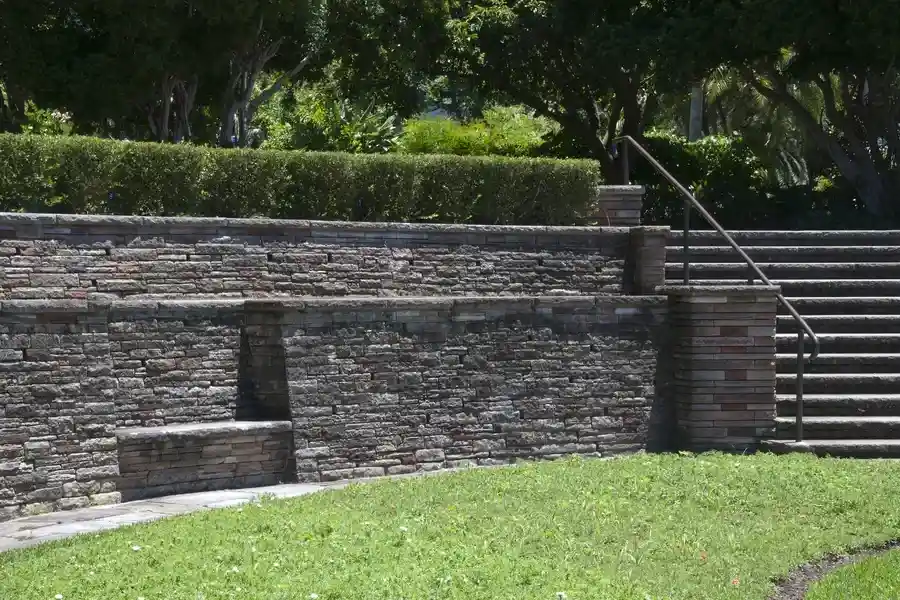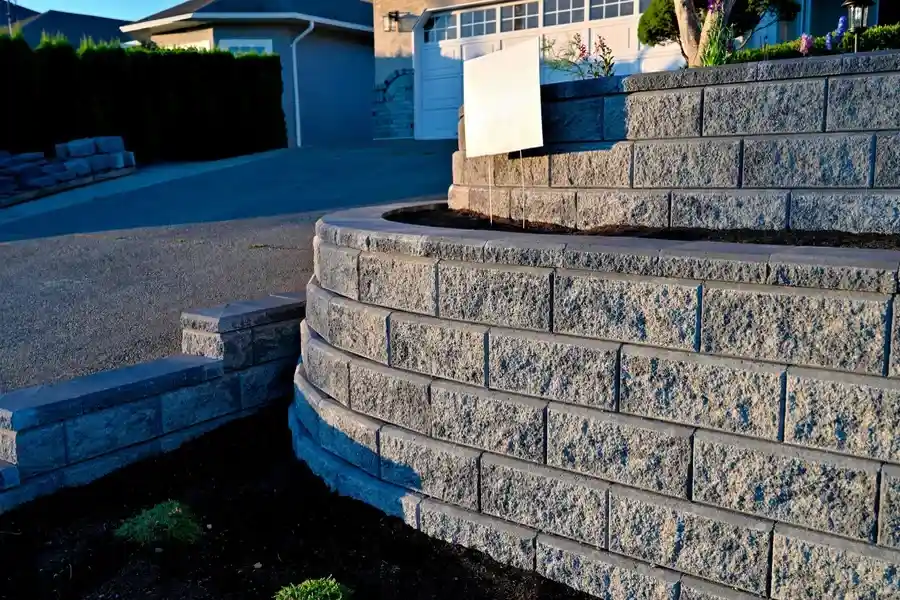The Role of Soil Pressure in Repairing Retaining Walls
When it comes to fixing retaining walls, understanding the role of soil pressure is crucial. Soil pressure impacts how a wall stands and performs over time. It dictates the type of repairs needed and helps determine the materials that will be used. For anyone looking to maintain or fix a retaining wall, getting familiar with soil pressure can make all the difference in ensuring long-term stability and safety.

Why Soil Pressure Matters
Soil pressure refers to the force exerted by soil against a structure like a retaining wall. This pressure can change based on factors such as moisture content and soil type. When soil becomes saturated with water, its weight increases, which can intensify the pressure on your retaining wall. If not properly managed, this pressure can lead to cracks and structural failure. By understanding soil pressure, you ensure your repair efforts effectively address these issues.
Retaining Wall Repair Basics
If you’re considering repairing your retaining wall, it’s important to evaluate the level of damage first. Cracks, tilting, or bulging walls often signal problems related to soil pressure. During Retaining Wall Repair, you may need to use specific anchors or drainage systems to alleviate excess soil pressure. These solutions help stabilize the wall and prevent future issues.
Common Problems Caused by Soil Pressure
Several problems can arise due to unaddressed soil pressure:
- Cracking: High soil pressure can cause cracks in concrete or masonry walls.
- Tilt: Excessive pressure may lead to wall tilting, compromising its stability.
- Bulging: In some cases, walls might bulge outward under uneven pressure distribution.
- Foundation Damage: Severe pressure can affect the foundation, leading to costly repairs.
By identifying these problems early, you can take steps to mitigate the impact of soil pressure on your wall.
Effective Solutions for Managing Soil Pressure
There are several strategies for managing soil pressure during Retaining Wall Repair:
- Install Drainage Systems: Proper drainage prevents water accumulation behind the wall, reducing pressure.
- Use Geogrids: These help reinforce soil and distribute loads more evenly across the wall.
- Anchor Supports: Anchors provide additional support and stability for large retaining walls.
- Select Suitable Backfill Material: Using appropriate backfill helps minimize hydrostatic pressure on the wall.
These methods not only address current issues but also enhance the longevity of your retaining wall.
Industry Standards for Retaining Walls
Adhering to industry standards ensures that repair work meets safety and quality expectations. Standards often specify load-bearing requirements, drainage considerations, and material specifications for construction and repair work. By following these guidelines, you can assure your repaired wall will endure environmental stresses while maintaining structural integrity.
Cost Considerations in Repairing Retaining Walls
The cost of repairing a retaining wall varies based on factors like wall size, extent of damage, and materials used. While initial costs may seem high, investing in effective repairs prevents more expensive issues down the line. Additionally, using quality materials enhances durability, providing better value over time. Ensuring proper repair techniques are employed maximizes return on investment by prolonging the life of the retaining wall.

Your Next Steps With Our Expertise
For those facing challenges with their retaining walls, addressing soil pressure issues is essential. Our team at TK Constructions offers expert services tailored to your needs. We operate in San Leandro, CA, providing personalized solutions designed to stabilize and extend the life of your retaining walls. Contact us today at (510) 730-8179 for professional guidance and ensure your structures remain secure and reliable for years to come.